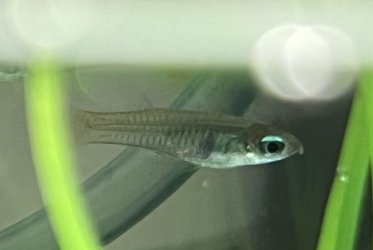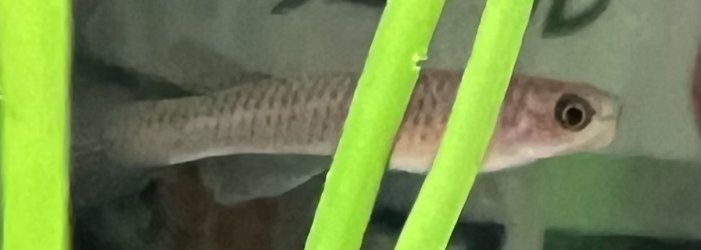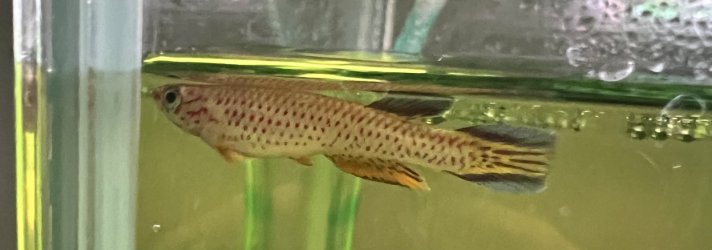confused_aquarist
Fish Fanatic
I know this might sound rather strange, but 4 of my fish have had mouth rot for 6 months.
It's confined to the lip, the mouth first turns white or bloody, peels off by itself in a few weeks, turns white/bloody again, and then repeats.
The 4 fish in question always have mouth rot and it never spreads to any of the other 20 or so fish of the same species in the same tank (possibly because I have UV sterilizer for this tank).
What I do know is that this seemingly harmless problem can turn lethal- ending in an entire jaw melting away when fish is stressed and seemingly unresponsive to antibiotics.
Has anyone experienced a similar issue? I am SO curious what it is.
It's confined to the lip, the mouth first turns white or bloody, peels off by itself in a few weeks, turns white/bloody again, and then repeats.
The 4 fish in question always have mouth rot and it never spreads to any of the other 20 or so fish of the same species in the same tank (possibly because I have UV sterilizer for this tank).
What I do know is that this seemingly harmless problem can turn lethal- ending in an entire jaw melting away when fish is stressed and seemingly unresponsive to antibiotics.
Has anyone experienced a similar issue? I am SO curious what it is.






